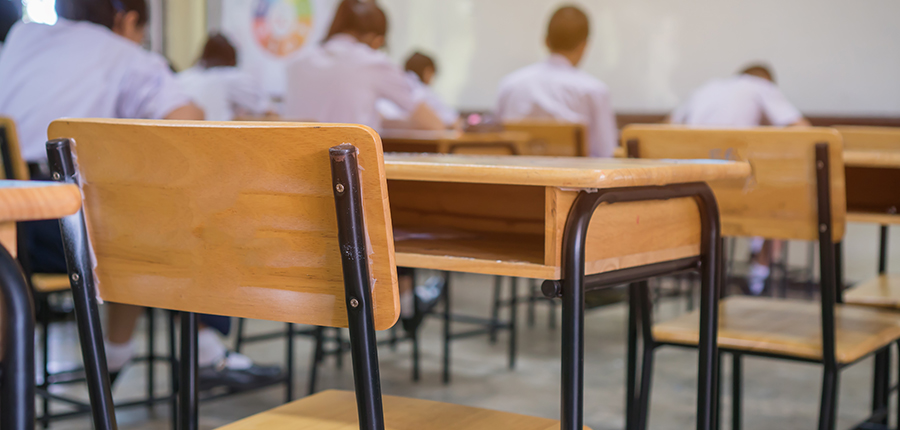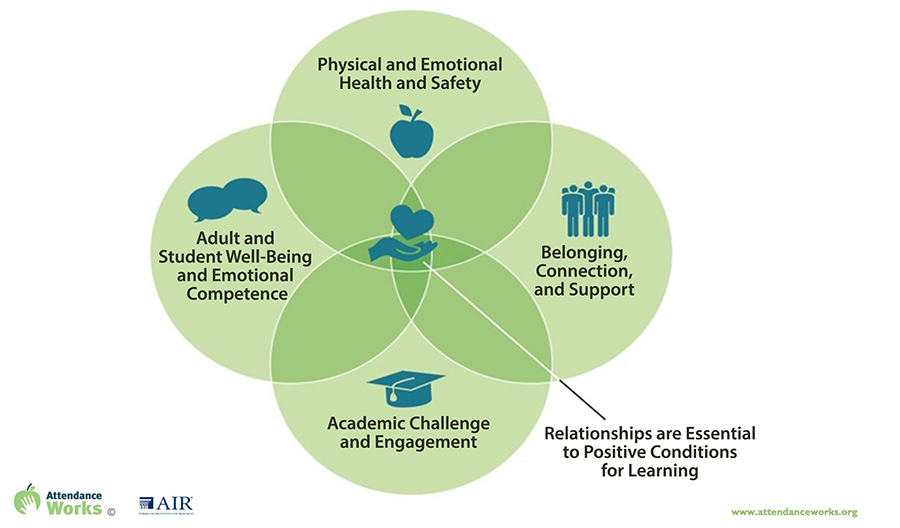
How have rates of chronic absenteeism changed since students came back from school closures in the 2021–22 school year?
In addition, chronic absence data reflects educational inequities that are being exacerbated by the pandemic. Certain student populations, children living in poverty, African American, Native American, Latino and Pacific Islander students are especially affected. These are also the same groups that have experienced the greatest illness and death as well as economic challenges due to the COVID-19 pandemic.
When chronic absence occurs, it is a sign of challenges outside and inside schools — e.g. unstable housing, unreliable transportation, disengaging educational experiences, bullying — that not only cause absences but also affect children’s ability to learn overall if they are left unaddressed.
While it is important to monitor the total number of absences, it is also helpful to examine how many absences are excused versus unexcused overall and by populations of students. California law outlines a set of reasons for which absences can be excused — e.g. illness, quarantine, funeral services for immediate family, medical appointments and most recently for mental health. Any other absences, for example, lack of transportation or caring for siblings are typically considered unexcused.
If large numbers of absences are unexcused, especially for particular student populations, it could indicate that the current practices for labeling absences are not working and need to be improved. Unexcused absences are part of our truancy system, which seeks to deter willful absences and typically trigger an escalating series of increasingly punitive actions. But a deterrence approach doesn’t work when absences are caused by economic or community challenges or school climate issues that fall outside of the control of a student or family. Rather a punitive and legalistic approach can undermine the ability of a school to build relationships with students and families, which are critical to identifying and addressing the root causes of absences. Ensuring we do not inappropriately take punitive action is especially critical given the challenges created by the pandemic, especially for students and families struggling with poverty and from racially marginalized communities.
School boards can ask for regular updates on attendance and chronic absence. They can also invite concerned citizens and community leaders to offer their perspectives on what is leading to the high rates of absenteeism and identify solutions.
Elements that contribute to regular attendance

What are best practices when it comes to encouraging student attendance?
We know that students are more likely to attend regularly when schools have in place positive conditions for learning. Students attend when school is a) physically and emotionally healthy and safe; b) creates a sense of belonging, connection and support; c) offers academic challenge and engagement; and d) when schools are made up of staff and students who have the well-being and the emotional competence to build the relationships that are at the core of these positive conditions of learning. Chronic absence occurs when challenges in the community or in the school erode these positive conditions.
At the school level, it helps to have a team that monitors when students are missing too many days and organizes the staff to respond sooner versus later to understand why students are missing and offer support to remove barriers to attendance.
Attendance Works has developed a new framework for communicating with families and students about why showing up to school matters. It is embedded in a whole child perspective and offers a memorable way to explain how being in school supports students’ social-emotional and physical well-being while providing opportunities to learn and achieve.
Simply emphasizing the impact of days missed on learning does not adequately recognize the overwhelming stresses many students and families are faced with during the pandemic. Our toolkit “Showing Up Matters for R.E.A.L” (bit.ly/3QfVsTc) encourages schools to show how attending school is an opportunity to build routines, increase engagement, provide access to resources and support learning.
A variety of interventions can be used once a student has been chronically absent. The key to success is first building a strong and trusting relationship as well as finding out and addressing the root causes of the absences. Potential interventions include:
- Common community and school barriers identified and addressed
- Individualized student success plan that includes attention to attendance
- Attendance strategies added to individualized education programs (IEPs)
- Family visits
- Mentors
- Intensive tutoring
- Expanded learning opportunities
- Small group interventions and supports for students
- Restorative alternatives to discipline and suspension
If students are missing 20 percent or more of school, additional and intensive case management with collaboration across agencies may need to be added.